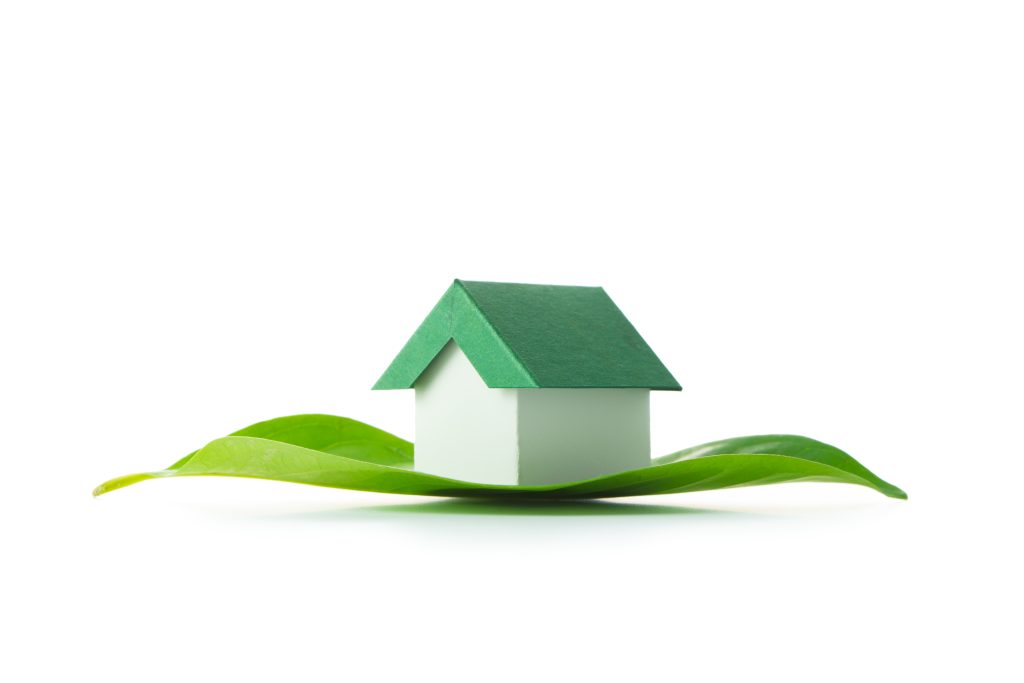As we continue to face the pressing issue of climate change, it has become increasingly important to adopt sustainable practices in our daily lives.
One area where sustainable practices can have a significant impact is in the design and construction of homes.
Green housing, also known as sustainable housing, is an approach to housing that prioritizes the use of environmentally-friendly materials and construction techniques to reduce energy consumption, waste, and greenhouse gas emissions.
Green housing is an important part of the movement towards sustainable living, and it is a trend that is gaining traction in the United States.
In fact, according to the National Association of Home Builders, almost one-third of new single-family homes built in the United States in 2021 were green homes.
This trend is expected to continue as more people become aware of the benefits of green housing.
One of the key benefits of green housing is that it is energy efficient.
Green homes are designed to use less energy, which not only helps to reduce greenhouse gas emissions but also saves homeowners money on their utility bills.
Green homes achieve this energy efficiency through a variety of techniques, such as using high-efficiency appliances and lighting, incorporating natural daylighting, and using passive solar design.
Another benefit of green housing is that it is built with environmentally-friendly materials.
Many green homes use sustainable building materials such as recycled steel, bamboo, and reclaimed wood.
These materials not only reduce waste and the use of non-renewable resources but also have a lower carbon footprint than traditional building materials.
In addition to being environmentally-friendly, green homes are also healthier for their inhabitants.
Many traditional building materials, such as certain types of insulation and adhesives, can emit harmful chemicals known as volatile organic compounds (VOCs) into the air.
Green homes are built with materials that are low in VOCs, creating a healthier living environment for their occupants.
The benefits of green housing are clear, and as we continue to confront the impacts of climate change, it is important that we continue to prioritize sustainable practices in all aspects of our lives.
By building green homes, we can reduce our impact on the environment, save money on our energy bills, and create healthier living environments for ourselves and future generations.
From Energy Crisis to Climate Change: The Evolution of Green Housing in the US
Green housing, also known as sustainable housing, is an approach to building homes that prioritize environmental responsibility and energy efficiency. It’s an important part of the global effort to reduce carbon emissions and combat climate change. But where did the concept of green housing originate, and why is it now widely implemented in the United States?
The idea of sustainable housing has been around for centuries, but the modern green housing movement can be traced back to the 1970s. During that time, the United States was in the midst of an energy crisis, and there was a growing awareness of the negative impact that traditional building practices were having on the environment.
The first modern green building was constructed in 1982 by David Eisenberg and William McDonough. The building, called the Hopkins House, was built using salvaged materials, passive solar design, and other sustainable building practices. Since then, the concept of green housing has evolved and become more mainstream.
Today, green housing is widely implemented in the United States due to several factors. One of the primary reasons is the growing concern over climate change and the need to reduce carbon emissions. Buildings are responsible for a significant percentage of global carbon emissions, and green housing offers a way to reduce this impact.
Additionally, there are financial incentives for building green. Many states and local governments offer tax credits and other financial incentives for building sustainable homes. These incentives can help offset the higher upfront costs associated with building green.
Finally, green housing has become more accessible and affordable in recent years. The availability of sustainable building materials has increased, making it easier and more cost-effective to build green. Additionally, advances in technology and design have made green housing more efficient and comfortable, dispelling the notion that green homes are less comfortable or functional than traditional homes.
Overall, the concept of green housing has evolved over time, but the need for sustainable building practices has only become more pressing. With the impacts of climate change becoming increasingly apparent, building green is more important than ever. Fortunately, the United States has embraced the concept of green housing, and the future looks bright for sustainable, energy-efficient homes.
References:
- National Association of Home Builders. (2021). Green homes. Retrieved from https://www.nahb.org/advocacy/green-building/green-homes
- U.S. Department of Energy. (2022). Energy-efficient homes. Retrieved from https://www.energy.gov/energysaver/design/building-envelope-sealing/energy-efficient-homes
- U.S. Environmental Protection Agency. (2022). Healthy indoor environments in residential construction. Retrieved from https://www.epa.gov/indoor-air-quality-iaq/healthy-indoor-environments-residential-construction
- National Renewable Energy Laboratory. (n.d.). A Brief History of Green Building. Retrieved from https://www.nrel.gov/docs/fy11osti/49950.pdf
- U.S. Green Building Council. (n.d.). The History of Green Building. Retrieved from https://www.usgbc.org/articles/history-green-building
- U.S. Department of Energy. (2022). Energy-Efficient Homes. Retrieved from https://www.energy.gov/energysaver/design/building-envelope-sealing/energy-efficient-homes



